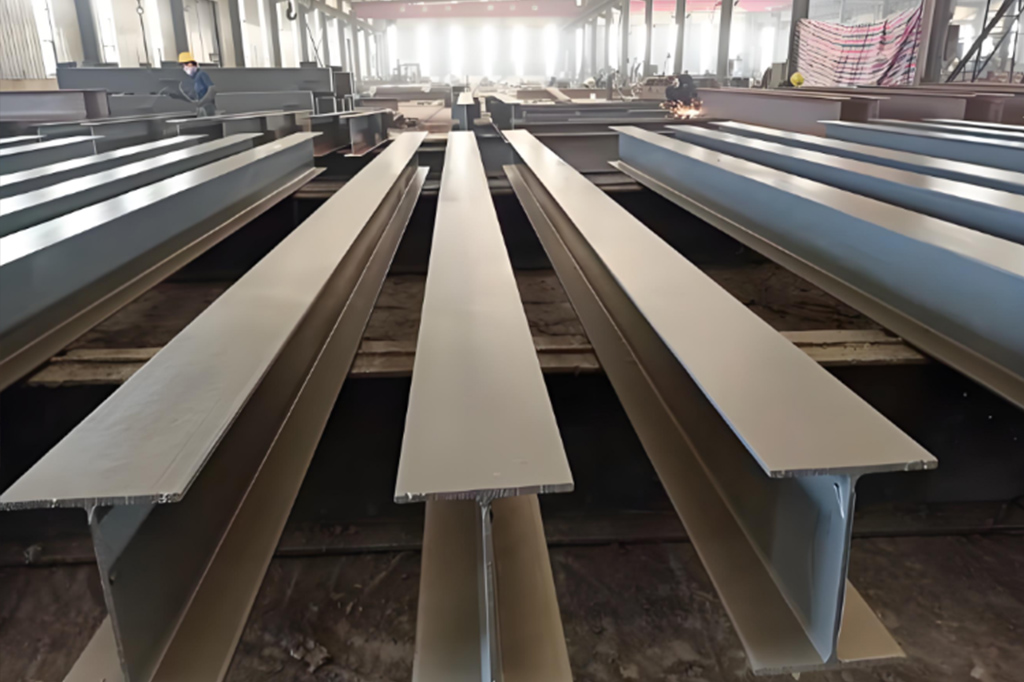Spray painting is a cornerstone of sheet metal fabrication, offering both functional protection and aesthetic appeal to metal components. Whether producing industrial machinery, architectural fixtures, or consumer products, a high-quality finish is critical for durability and customer satisfaction. In this guide, we explore the techniques, advantages, and proven best practices of spray painting in metal fabrication—helping you understand why this process is indispensable for your projects.
Key Spray Painting Techniques in Sheet Metal Fabrication
Selecting the right spray painting method ensures optimal adhesion, coverage, and finish quality. Below are the most widely used techniques:
| Technique | Description | Ideal Use Cases |
|---|---|---|
| Conventional Spray | Uses compressed air to atomize paint into fine droplets for even coverage. | Large surfaces, simple geometries |
| Electrostatic Spray | Applies an electric charge to paint particles, improving adhesion to metal. | Complex shapes, high-efficiency jobs |
| HVLP (High Volume, Low Pressure) | Delivers paint at low pressure with minimal overspray. | Detailed work, eco-friendly setups |
| Powder Coating | Applies dry powder electrostatically, then cured with heat for a durable finish. | High-wear components, outdoor use |
Each technique offers unique advantages, depending on project requirements like surface complexity, production volume, and environmental regulations.

Benefits of Spray Painting in Metal Fabrication
Spray painting isn’t just about aesthetics—it adds measurable value to sheet metal products. Key benefits include:
- Enhanced Durability
- Forms a protective barrier against corrosion, UV rays, and chemical exposure.
- Extends the lifespan of metal components in harsh environments.
- Customizable Aesthetics
- Supports a vast range of colors, textures, and finishes (e.g., matte, glossy, metallic).
- Enables branding alignment or design-specific requirements.
- Cost Efficiency
- Reduces material waste compared to manual brushing or dipping.
- Faster application speeds up production timelines.
- Eco-Friendly Options
- Water-based paints and powder coatings minimize VOC emissions.
- Compliant with global environmental standards (e.g., REACH, RoHS).
Best Practices for Superior Spray Painting Results
To achieve consistent, high-quality finishes, follow these industry-tested guidelines:
- Surface Preparation
- Clean metal surfaces thoroughly to remove oil, dust, or oxidation.
- Use abrasive blasting or chemical treatments for optimal paint adhesion.
- Climate Control
- Maintain stable temperature (18–25°C) and humidity (<60%) to prevent blistering or uneven drying.
- Equipment Calibration
- Regularly check spray gun pressure, nozzle size, and fluid flow rates.
- Replace worn components to avoid drips or uneven coverage.
- Layering Strategy
- Apply primer as a base coat to enhance paint adhesion and corrosion resistance.
- Use multiple thin coats instead of one thick layer to minimize runs.
- Quality Inspection
- Conduct adhesion tests (e.g., cross-hatch) to verify coating integrity.
- Measure dry film thickness (DFT) to ensure compliance with specifications.
Conclusion: Elevate Your Metal Fabrication with Expert Spray Painting
Spray painting is a vital step in sheet metal fabrication, balancing aesthetics, protection, and cost-efficiency. By leveraging advanced techniques like electrostatic spraying or powder coating, adhering to best practices, and prioritizing eco-friendly solutions, manufacturers can deliver products that exceed performance and visual expectations.
